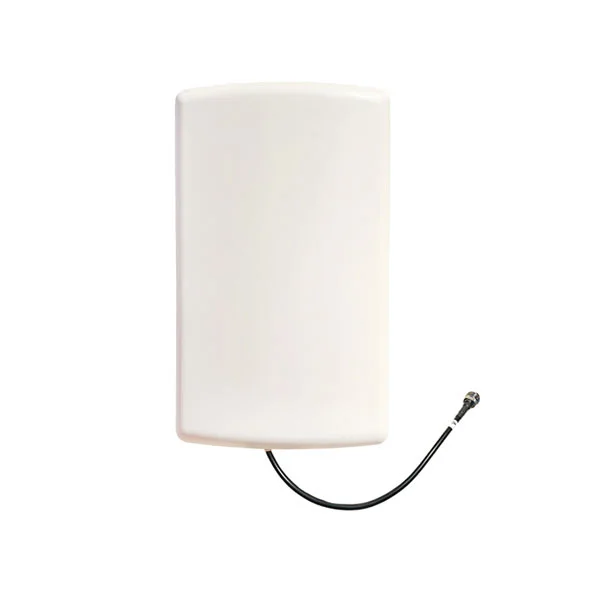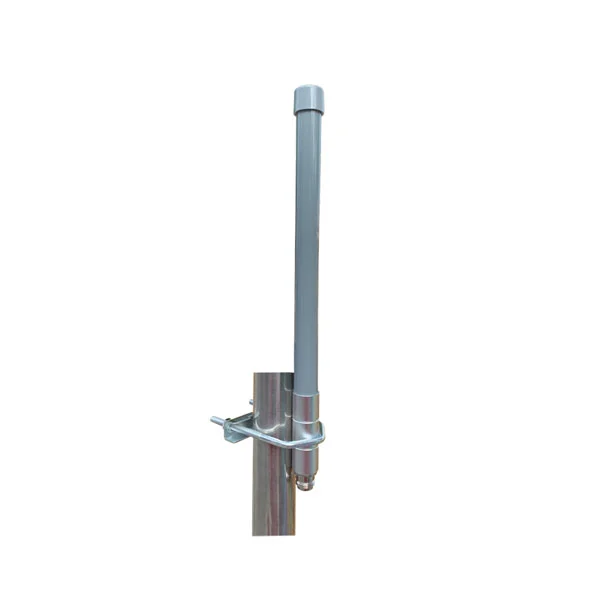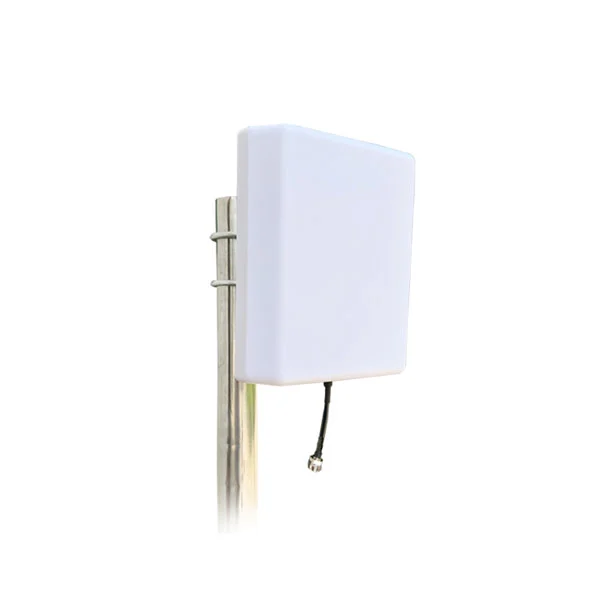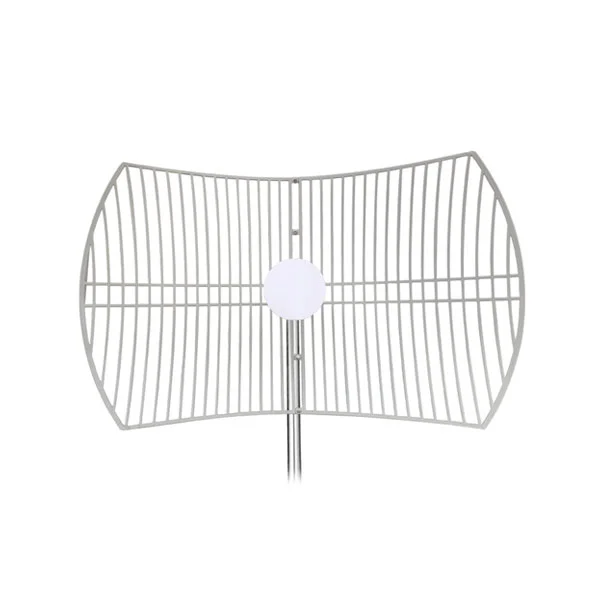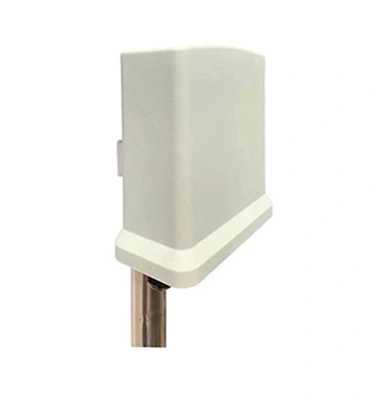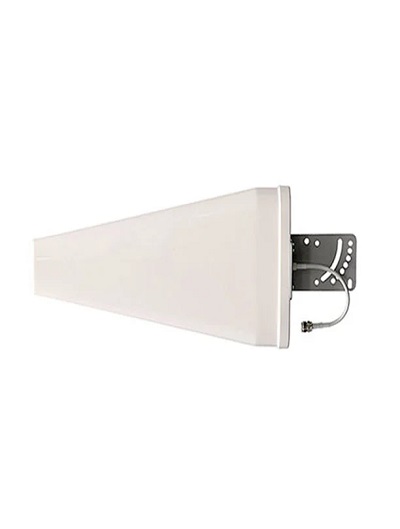The Internet of Things (IoT) has revolutionized the way we interact with our surroundings. From smart homes to industrial automation, IoT devices have become integral to modern life. At the heart of this interconnected ecosystem are terminal antennas, playing a pivotal role in ensuring seamless communication between IoT devices and the broader network. In this blog, we'll explore how terminal antennas enable the world of IoT by connecting a vast array of devices and applications.
The IoT Revolution
IoT represents a paradigm shift in how devices and systems communicate and collaborate. It encompasses a wide range of applications, including smart home devices, wearables, healthcare monitors, industrial sensors, and more. IoT devices are designed to collect, process, and transmit data without human intervention, creating opportunities for efficiency, automation, and enhanced decision-making.
The Role of Terminal Antennas in IoT
Terminal antennas serve as the bridge between IoT devices and the network. They enable wireless communication by transmitting data from sensors, actuators, and other IoT components to gateways, access points, or cellular towers. Here's how terminal antennas contribute to the success of IoT:
a. Connectivity
IoT devices rely on wireless connectivity to send and receive data. Terminal antennas provide the means for these devices to establish and maintain connections, whether through Wi-Fi, cellular networks, Bluetooth, or other wireless technologies.
b. Range and Coverage
In various IoT applications, devices may be distributed over large areas. Terminal antennas with the right gain and coverage characteristics ensure that data can be transmitted reliably over distances, even in challenging environments.
c. Data Quality and Reliability
Terminal antennas play a crucial role in ensuring the quality and reliability of data transmission. They help minimize signal interference and maximize signal strength, reducing the likelihood of data loss or corruption.
d. Versatility
IoT applications can vary widely in terms of the wireless technology they use, from low-power, short-range options like Bluetooth Low Energy (BLE) to long-range cellular connectivity. Terminal antennas come in various types and designs, making them versatile enough to accommodate diverse IoT requirements.
IoT Applications Powered by Terminal Antennas
Terminal antennas enable a multitude of IoT applications across various industries:
a. Smart Homes
In smart homes, terminal antennas connect devices like thermostats, security cameras, doorbell cameras, and smart speakers, enabling homeowners to monitor and control their environments remotely.
b. Healthcare
IoT devices equipped with terminal antennas allow for remote patient monitoring, medication adherence tracking, and real-time health data transmission to healthcare providers.
c. Agriculture
Farmers use IoT sensors with terminal antennas to monitor soil conditions, crop health, and weather data, optimizing crop yields and resource management.
d. Industrial IoT (IIoT)
In industrial settings, IIoT devices equipped with terminal antennas enable predictive maintenance, remote equipment monitoring, and real-time data analytics, improving operational efficiency and safety.
e. Logistics and Supply Chain
Terminal antennas connect IoT devices in logistics and supply chain management, providing real-time tracking and monitoring of goods, shipments, and inventory.
Terminal antennas are the unsung heroes of the IoT world, enabling seamless connectivity and communication between devices and networks. They play a pivotal role in powering IoT applications across a wide spectrum of industries, from healthcare to agriculture and beyond. As the IoT ecosystem continues to expand and evolve, the importance of terminal antennas in connecting the world of devices cannot be overstated. Their reliability, versatility, and ability to adapt to various wireless technologies make them a critical component in shaping the future of IoT.

 English
English